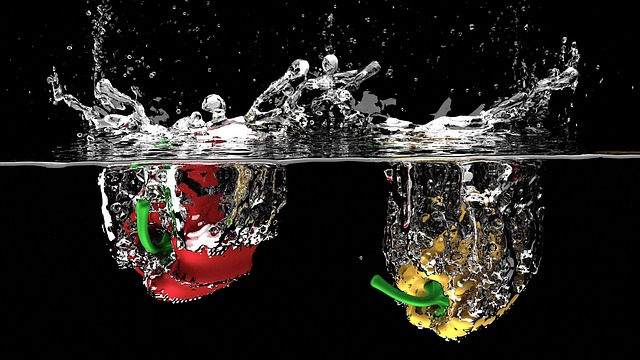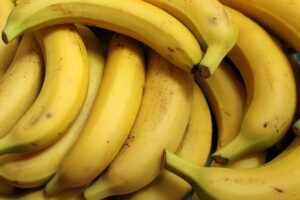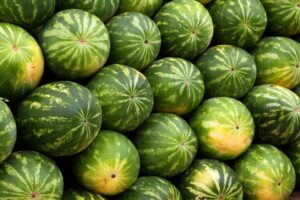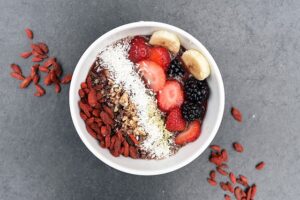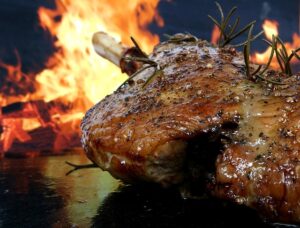Introduction
A hydrophobic amino acid R group, also known as a side group, plays a crucial role in the folding and structure of proteins. These hydrophobic R groups tend to avoid contact with water, leading to their specific placement within a properly folded protein. In this article, we will explore where hydrophobic amino acid R groups are typically found in a properly folded protein and the significance of their placement.
Hydrophobic Amino Acid R Groups in Protein Folding
Protein folding is a complex process that determines the three-dimensional structure of a protein, which is essential for its proper function. Hydrophobic amino acid R groups, such as those found in alanine, valine, leucine, isoleucine, phenylalanine, tryptophan, and methionine, tend to be buried within the protein’s interior during the folding process. This placement is crucial as it allows the hydrophobic R groups to avoid contact with the surrounding water molecules.
The hydrophobic nature of these R groups arises from their chemical properties. Hydrophobic amino acids have nonpolar side chains that are not attracted to water molecules, which are polar. As a result, these hydrophobic R groups tend to cluster together in the protein’s interior, away from the aqueous environment.
Hydrophobic Core: The hydrophobic amino acid R groups are primarily found in the protein’s hydrophobic core. This region is shielded from the surrounding water molecules, creating a favorable environment for the hydrophobic R groups to interact with each other through hydrophobic interactions. These interactions contribute to the stability and compactness of the protein’s structure.
Interior Helices and Sheets: Hydrophobic amino acid R groups are often found in the interior of alpha helices and beta sheets, which are common secondary structures in proteins. The hydrophobic R groups are positioned in such a way that they face inward, forming a hydrophobic environment within the helix or sheet. This arrangement helps stabilize the secondary structure and facilitates the folding process.
Protein Core Stabilization: The presence of hydrophobic amino acid R groups in the protein’s interior is crucial for its stability. The hydrophobic interactions between these R groups contribute significantly to the overall stability of the protein structure. Disruption of these interactions can lead to protein misfolding, aggregation, and loss of function.
Conclusion
In a properly folded protein, hydrophobic amino acid R groups are typically found in the protein’s hydrophobic core, interior helices, and sheets. Their placement in these regions allows them to avoid contact with water molecules and form hydrophobic interactions with each other, contributing to the stability and proper folding of the protein. Understanding the role of hydrophobic amino acid R groups in protein folding is essential for unraveling the complexities of protein structure and function.
References
– Alberts, B., Johnson, A., Lewis, J., Raff, M., Roberts, K., & Walter, P. (2002). Molecular Biology of the Cell. Garland Science.
– Berg, J. M., Tymoczko, J. L., & Gatto, G. J. (2015). Stryer’s Biochemistry. W.H. Freeman and Company.
– Nelson, D. L., Cox, M. M. (2017). Lehninger Principles of Biochemistry. W.H. Freeman and Company.

